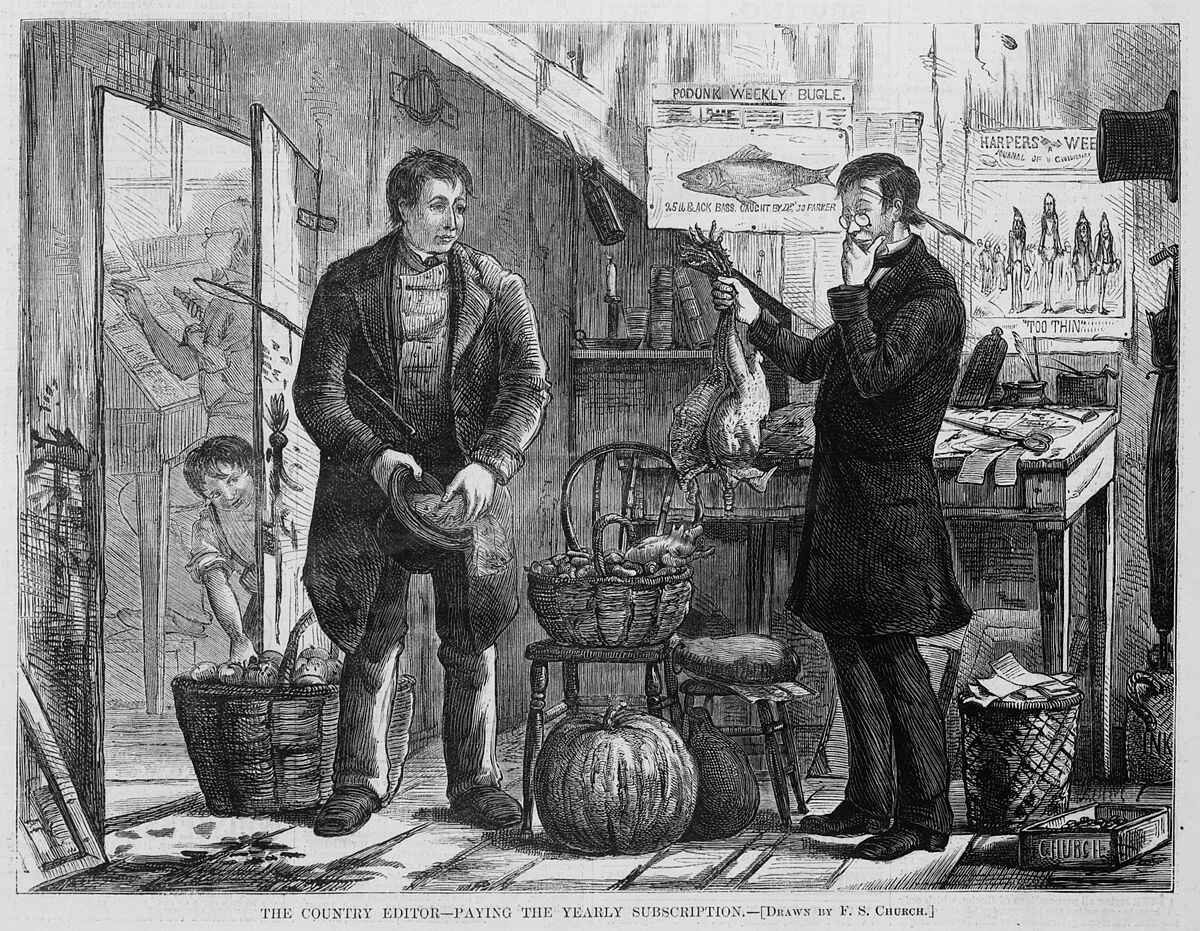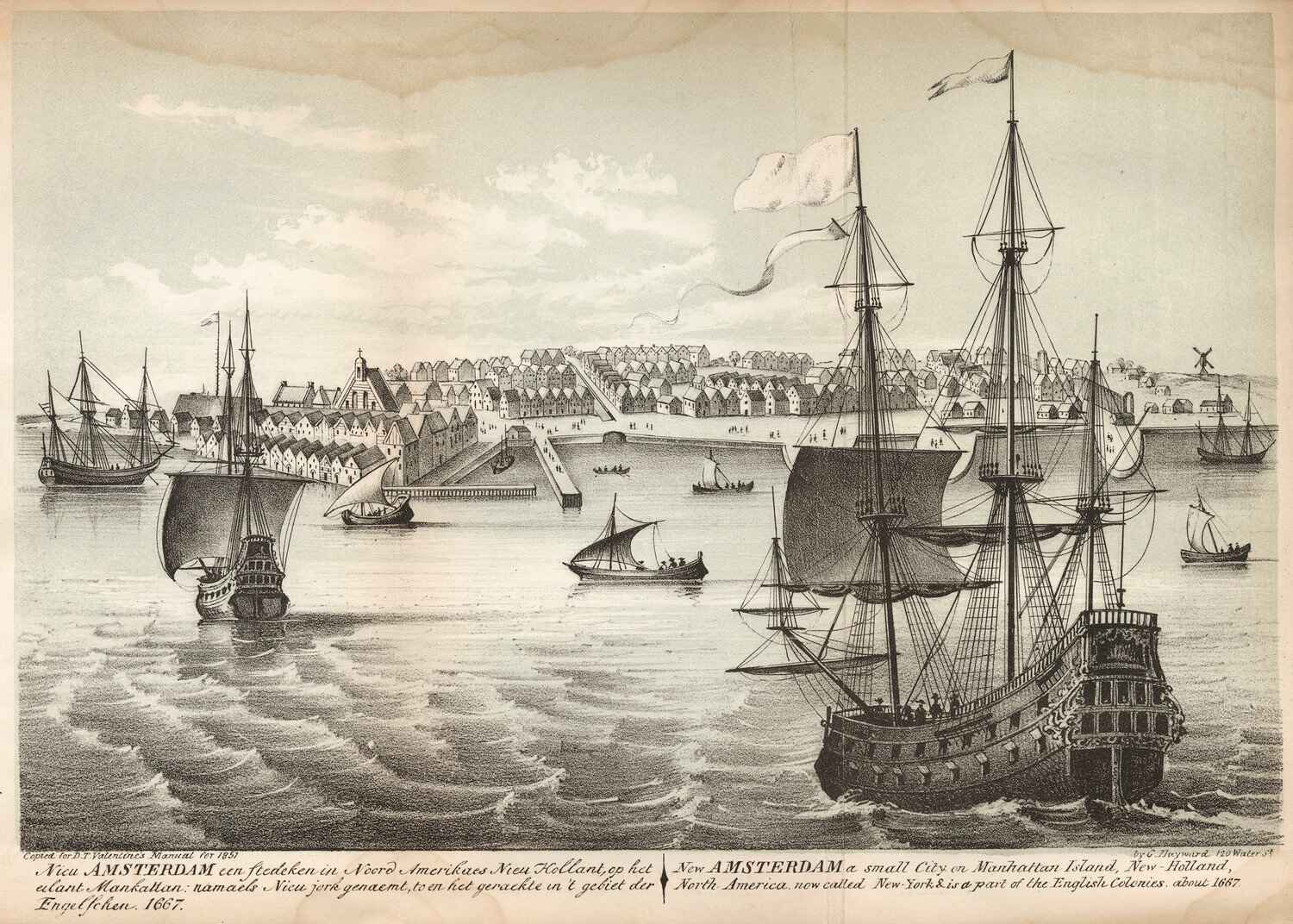Introduction
The East India Trading Company, also known as the East India Company, was one of the most powerful and influential trading organizations in history. Established in the early 17th century, it played a pivotal role in the development of global trade and the establishment of colonies in Asia.
The company’s influence stretched far beyond its original trading mission, impacting politics, economics, and culture in Europe, Asia, and beyond. Its success and controversial practices have left a lasting legacy that continues to be debated and analyzed to this day.
The East India Trading Company was not just a trading enterprise; it was granted extraordinary powers by the British Crown, including the ability to wage war, mint currency, and govern territories. This unique combination of commercial and governmental authority allowed the company to establish a vast empire in the Indian subcontinent.
While the primary objective of the company was to profit from trade with the East, it also became increasingly involved in the political and military affairs of the regions where it operated. This interplay of commerce and power made the East India Trading Company a dominant force in the colonization of Asia and the development of the British Empire.
In this article, we will explore the origins of the East India Trading Company, examine its objectives and activities, delve into its global trade network and the commodities it traded, and assess its lasting impact and eventual decline. Through this exploration, we hope to gain a deeper understanding of the significant role played by this company in shaping world history and trade.
Origins of the East India Trading Company
The origins of the East India Trading Company can be traced back to the early 17th century when the Dutch and Portuguese dominated the lucrative spice trade in the Indian Ocean. In response to the growing influence of these European powers, a group of English merchants and aristocrats formed a partnership known as the London Company in 1600. Its primary aim was to challenge the Dutch and Portuguese monopoly and establish a foothold in the East Indies.
The London Company, later renamed the East India Trading Company, was granted a royal charter by Queen Elizabeth I, giving it a monopoly on trade with the East Indies. This marked the formal establishment of the company and provided it with special privileges and legal protections. The charter granted the company the power to make treaties, maintain armed forces, and establish colonies.
In its early years, the East India Trading Company faced numerous challenges, including fierce competition from the Dutch East India Company and limited resources. However, through strategic alliances and aggressive expansion, the company gradually gained a foothold in the region. One of its early successes was the successful establishment of a trading post in Surat, India, in 1612, followed by the acquisition of Madras, now Chennai, in 1639.
The growth of the East India Trading Company was not without controversy. The company relied heavily on private investors, who had considerable influence over its operations. This led to conflicts of interest and accusations of corruption. Additionally, the company faced hostility from rival European powers and native rulers who saw their commercial interests threatened.
Despite these challenges, the East India Trading Company persevered and continued to expand its influence in the region. By the mid-17th century, it had established a strong presence in India and had become the leading European power in the region.
In summary, the East India Trading Company emerged in the 17th century as a response to the dominance of the Dutch and Portuguese in the spice trade. Through a royal charter and strategic alliances, the company gained a foothold in the East Indies and began its journey towards becoming a dominant force in global trade.
Purpose and Objectives of the East India Trading Company
The East India Trading Company was established with several key purposes and objectives in mind. Its primary goal was to profit from trade with the East Indies, specifically in spices, textiles, and precious metals. By establishing a monopoly on trade in the region, the company aimed to control prices, secure valuable goods, and maximize its profits.
However, the ambitions of the East India Trading Company went far beyond simply trading goods. With its royal charter, the company was given extensive powers and responsibilities. It was authorized to establish colonies, build forts, and even wage war. This combination of commercial and political objectives set the stage for the company’s expansion and influence in the Indian subcontinent.
An important objective of the company was to establish a strong foothold in India. The Indian subcontinent was rich in resources and offered immense potential for trade. The company aimed to establish a network of trading posts and factories along the coast of India, enabling it to tap into the lucrative spice, silk, and textile markets.
In addition to commerce, the East India Trading Company also sought to exercise control and influence over the political and military affairs of the regions where it operated. The company entered into alliances with local rulers and engaged in conflicts and negotiations to secure its trading interests. This dual role as a trading organization and a political power allowed the company to extend its authority and expand its territorial holdings.
Another objective of the East India Trading Company was to establish a stable and profitable trade route to the East Indies. The company aimed to bypass the existing intermediaries and establish direct trade links, reducing costs and increasing its competitive advantage. This led to the exploration of new sea routes and the establishment of trading posts and settlements along these routes.
Furthermore, the company saw itself as a civilizing force, aiming to introduce European customs, laws, and governance to the regions it operated in. It sought to spread Christianity and Western influence, often with mixed results and significant resistance from indigenous cultures.
In summary, the East India Trading Company had multiple objectives. It sought to profit from trade with the East Indies, establish colonies, exert political and military influence, secure trade routes, and spread Western influence. By pursuing these objectives, the company became a dominant force in the Indian subcontinent and significantly impacted the history and development of global trade.
Expansion of the East India Trading Company
After its initial establishment and success in India, the East India Trading Company embarked on a period of rapid expansion. With its growing influence and resources, the company extended its reach to other parts of Asia, including Southeast Asia, China, and Japan.
One of the key factors that facilitated the expansion of the company was its ability to form alliances and secure trading privileges from local rulers. By offering protection and economic benefits, the company gained access to new markets and resources. These alliances also provided a strategic advantage in securing trade routes and defending its interests against rival European powers.
In the early 17th century, the East India Trading Company established trading outposts and factories in Southeast Asian ports such as Singapore, Penang, and Malacca. These locations acted as important hubs for the exchange of goods and allowed the company to tap into the region’s rich resources, including spices, timber, and textiles.
Another significant expansion for the company came with its entry into China. The company recognized the potential for trade with the Chinese Empire and established factories and trading posts in ports such as Canton (now Guangzhou). However, the Chinese authorities imposed strict regulations and restrictions on foreign traders. As a result, the company’s operations in China were limited, but it was still able to profit from the trade in tea, silk, and porcelain.
Japan was another important destination for the company’s expansion efforts. In the early 17th century, the company made several attempts to establish trade relations with Japan, culminating in the establishment of a trading post on the island of Hirado. However, political instability and growing isolationism in Japan limited the company’s success in the country.
The expansion of the East India Trading Company was not limited to trade alone. The company also ventured into territorial acquisitions and established colonies. One notable example is the company’s acquisition of the island of Bombay (now Mumbai) from the Portuguese in 1661. This strategic acquisition provided the company with a key base for its operations in western India.
By the 18th century, the East India Trading Company had established a vast trading network, encompassing various regions of Asia. With its influence and control over trade routes, the company had become a dominant force in the global trade of goods such as spices, textiles, tea, and porcelain.
In summary, the East India Trading Company expanded its operations to various parts of Asia, including Southeast Asia, China, and Japan. Through alliances, territorial acquisitions, and the establishment of trading posts, the company successfully extended its reach and solidified its position as a major player in global trade.
Trade Routes and Commodities
The East India Trading Company’s success relied on establishing and controlling major trade routes in the regions where it operated. These trade routes facilitated the exchange of goods between the East and the West, leading to the flow of valuable commodities and reshaping global commerce.
One of the most significant trade routes established by the company was the so-called “Spice Route.” This route connected the East Indies, including present-day Indonesia, Malaysia, and the Philippines, to Europe. Spices such as pepper, cinnamon, cloves, and nutmeg were highly sought after in Europe for their culinary and medicinal uses. The East India Trading Company played a pivotal role in the transportation, distribution, and sale of these valuable spices, amassing immense profits in the process.
In addition to spices, textiles were another major commodity in the company’s trade. India was renowned for its production of cotton, silk, and other textiles. The company played a crucial role in exporting these textiles to Europe, where they were highly prized and sold at premium prices. Indian textiles, known for their vibrant colors and intricate designs, appealed to the European market and fueled a growing demand for these products.
Tea became another significant commodity in the East India Trading Company’s trade. The company played a vital role in popularizing tea in Britain and other parts of Europe, where it became a staple beverage. The company established tea plantations in India and facilitated the transportation of tea from China, creating a steady supply for the growing demand in Europe.
Precious metals, such as gold and silver, were also part of the company’s trade activities. As European merchants sought to accumulate wealth, the East India Trading Company facilitated the importation of these precious metals from the East Indies, contributing to the accumulation of wealth in Europe and the development of financial systems.
The company’s trade routes were not limited to goods alone. Ideas, technology, and cultural exchanges were also facilitated through these routes. The company played a significant role in spreading European knowledge, technologies, and societal norms to the regions where it operated. Simultaneously, it brought back ideas, goods, and cultural influences from the East, influencing European culture and society.
In summary, the East India Trading Company established and controlled major trade routes, facilitating the exchange of commodities between the East and the West. Spices, textiles, tea, precious metals, and cultural influences were among the valuable goods traded, shaping global commerce and leaving a lasting impact on the societies and economies of the regions involved.
Influence and Impact of the East India Trading Company
The East India Trading Company had a profound influence and impact on various aspects of world history, politics, economics, and culture. Its actions and policies reshaped the dynamics of trade, governance, and societal norms, leaving a lasting legacy that continues to be studied and debated today.
One of the significant impacts of the East India Trading Company was its role in shaping the British Empire. Through its territorial acquisitions and the establishment of colonies, the company laid the foundation for British dominance in India. The company’s commercial activities were intertwined with political power, leading to the eventual transfer of control from the company to the British Crown, resulting in direct British rule over the Indian subcontinent.
Furthermore, the company’s influence extended beyond India. It played a pivotal role in establishing British dominance in other parts of Asia, such as Southeast Asia and China. The company’s aggressive expansionist policies and military interventions paved the way for British colonial rule and the spread of Western influence in these regions.
Economically, the East India Trading Company had a significant impact on global trade and the development of capitalism. It contributed to the rise of the capitalist system through its monopolistic practices, accumulation of wealth, and the establishment of supply chains and trade networks. The company’s success in generating profits and accumulating resources paved the way for the industrial revolution in Britain.
The company’s influence also extended to cultural exchanges. It played a vital role in introducing European customs, language, and governance systems to the regions where it operated. It facilitated the exchange of ideas, technologies, and cultural practices between the East and the West, leading to a syncretism of traditions and the spread of Western ideas in Asia.
However, it is important to acknowledge that the East India Trading Company’s legacy is not devoid of controversy. Its presence in Asia was marked by exploitative practices, including the extraction of resources, imposition of unfavorable trade agreements, and manipulation of local markets. These practices resulted in the disruption of indigenous economies and the erosion of political power in the regions where the company operated.
In summary, the East India Trading Company’s influence and impact were far-reaching. It shaped the British Empire, influenced global trade and the development of capitalism, facilitated cultural exchanges, and left a complex legacy intertwined with both economic success and exploitative practices.
Decline and Dissolution of the East India Trading Company
The decline of the East India Trading Company can be attributed to a combination of factors, including political upheavals, economic challenges, and widespread corruption within the company’s ranks.
One significant factor in the decline of the company was the increasing resistance from local rulers and populations in the regions where it operated. As the company expanded its control and influence, it faced growing opposition from indigenous rulers who were wary of the company’s monopolistic practices and encroachment on their sovereignty. This resistance often led to military conflicts and strained relationships, draining the company’s resources and weakening its position.
Another factor was the changing political landscape in Britain and the growing scrutiny of the company’s activities. Following a series of scandals and corruption allegations, such as the infamous Bengal Famine of 1770 and the exploitation of Indian resources, public opinion turned against the company. The British government intervened and initiated investigations, leading to increased oversight and regulation of the company’s actions.
Economically, the company faced challenges due to the emergence of new competitors and shifting trade patterns. The rise of other European imperial powers, such as France and the Netherlands, weakened the company’s dominance in key markets. Additionally, the discovery of alternative trade routes, such as the Suez Canal, provided alternatives to traditional routes controlled by the company.
The events leading to the decline and dissolution of the company reached a tipping point with the Indian Rebellion of 1857. The uprising, also known as the Sepoy Mutiny, was a violent revolt against the British East India Company’s oppressive rule in India. The rebellion exposed the company’s mismanagement, corruption, and atrocities committed by its officers, further eroding public trust and support.
As a result of these factors, the British government passed the Government of India Act in 1858, transferring control and governance of British India from the East India Trading Company to the Crown. This effectively marked the end of the company’s authority and signaled the dissolution of the company as a trading entity.
Despite its dissolution, the legacy of the East India Trading Company remains significant. It laid the groundwork for the British Empire’s presence in India and established a framework for British colonial rule. The company’s influence on trade, economics, and culture persisted even after its dissolution, leaving an indelible mark on the regions it operated in.
Legacy of the East India Trading Company
The legacy of the East India Trading Company is profound and continues to shape the present-day world in various ways. Its impact can be seen economically, politically, socially, and culturally.
Economically, the company played a pivotal role in shaping global trade and capitalism. It established trade networks, introduced new goods and commodities, and helped lay the foundation for the industrial revolution in Britain. The company’s practices, such as monopolistic control and accumulations of wealth, contributed to the development of capitalist systems that still persist today.
Politically, the East India Trading Company’s establishment of colonies and territorial acquisitions set the stage for British colonial rule in India and other parts of Asia. The company’s control over trade and resources laid the groundwork for the British Empire’s influence and dominance in these regions. The political governance structures established by the company continue to impact the socio-political systems of these regions to this day.
Socially and culturally, the company facilitated the exchange of ideas, technologies, and cultural practices between the East and the West. It introduced European customs, language, and governance systems to the regions where it operated, influencing societal norms and institutions. This cross-cultural exchange led to the syncretism of traditions and the spread of Western ideas and values.
However, it is important to acknowledge that the legacy of the East India Trading Company is not without dark chapters as well. The company’s exploitation of resources, imposition of unfair trade agreements, and corrupt practices led to economic exploitation and social disruption in the regions it operated. It perpetuated racial and social hierarchies and had a profound impact on indigenous populations.
The legacy of the East India Trading Company also sparked debates and discussions about the nature of imperialism, colonialism, and corporate power. Its actions and practices have prompted conversations about the ethics of exploitative trade, the responsibilities of multinational corporations, and the long-term consequences of colonization.
Overall, the East India Trading Company, with its complex legacy, serves as a reminder of the interconnectedness of global trade, politics, and culture. It highlights the enduring impact of historical events and institutions on contemporary society and serves as a point of reflection and learning for understanding the complexities of our world today.
Conclusion
The East India Trading Company, with its origins in the 17th century, emerged as a dominant force in global trade with a unique combination of commercial and political power. Its establishment marked the beginning of an era that would shape the course of world history.
From its humble beginnings as a challenge to Dutch and Portuguese dominance in the spice trade, the company grew rapidly, expanding its influence across Asia and establishing colonies in strategic locations. It controlled major trade routes, facilitating the exchange of valuable commodities such as spices, textiles, tea, and precious metals.
The company’s impact was not limited to economic realms. It played a significant role in political and military affairs, shaping the map of British colonial rule and influencing the development of the British Empire. The company’s practices, both exploitative and innovative, left a lasting legacy on the regions it operated in, with repercussions in governance, economics, and social structures.
However, the East India Trading Company’s legacy is not without controversy. Its actions, marked by exploitation, corruption, and the erosion of indigenous systems, have engendered debates and discussions about the nature of imperialism and the responsibilities of multinational corporations.
Today, the legacy of the East India Trading Company continues to be felt. Its impact on trade, capitalism, governance, and cultural exchange serve as reminders of the interconnectedness of global systems. It is crucial to critically examine its legacy, recognizing both its contributions and the negative consequences that resulted from its practices.
Ultimately, the story of the East India Trading Company serves as a testament to the complex nature of historical events, the interplay of power and commerce, and the enduring impact of colonialism. By understanding its legacy, we gain insights into the complexities of our interconnected world and the long-lasting effects of historical institutions on present-day societies.

























